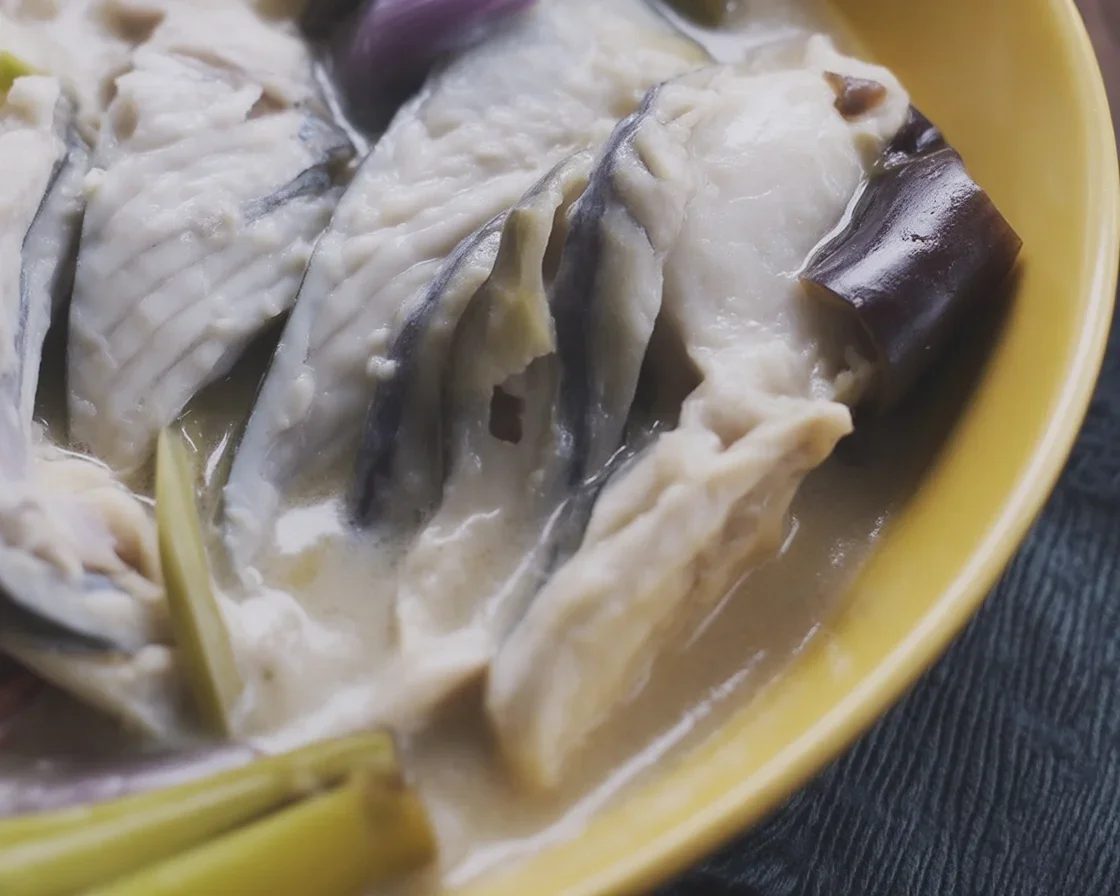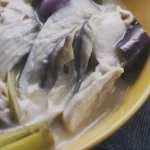Ever struggled to make something comforting, light, and easy when you’re tired of the usual fried stuff? Filipino paksiw na bangus jumps in to save my dinner almost every time. It’s that honest-to-goodness dish you reach for when you want something tangy but not too fussy. If you love mom-style meals that warm you up just thinking about them, stick with me here. By the way, while I was figuring out the secrets to the perfect paksiw, I kept peeking at this wild Filipino Grilled Pork BBQ recipe and even got tempted by some extra garlic sinangag rice – who can resist? Let’s get messy and real with milkfish today. 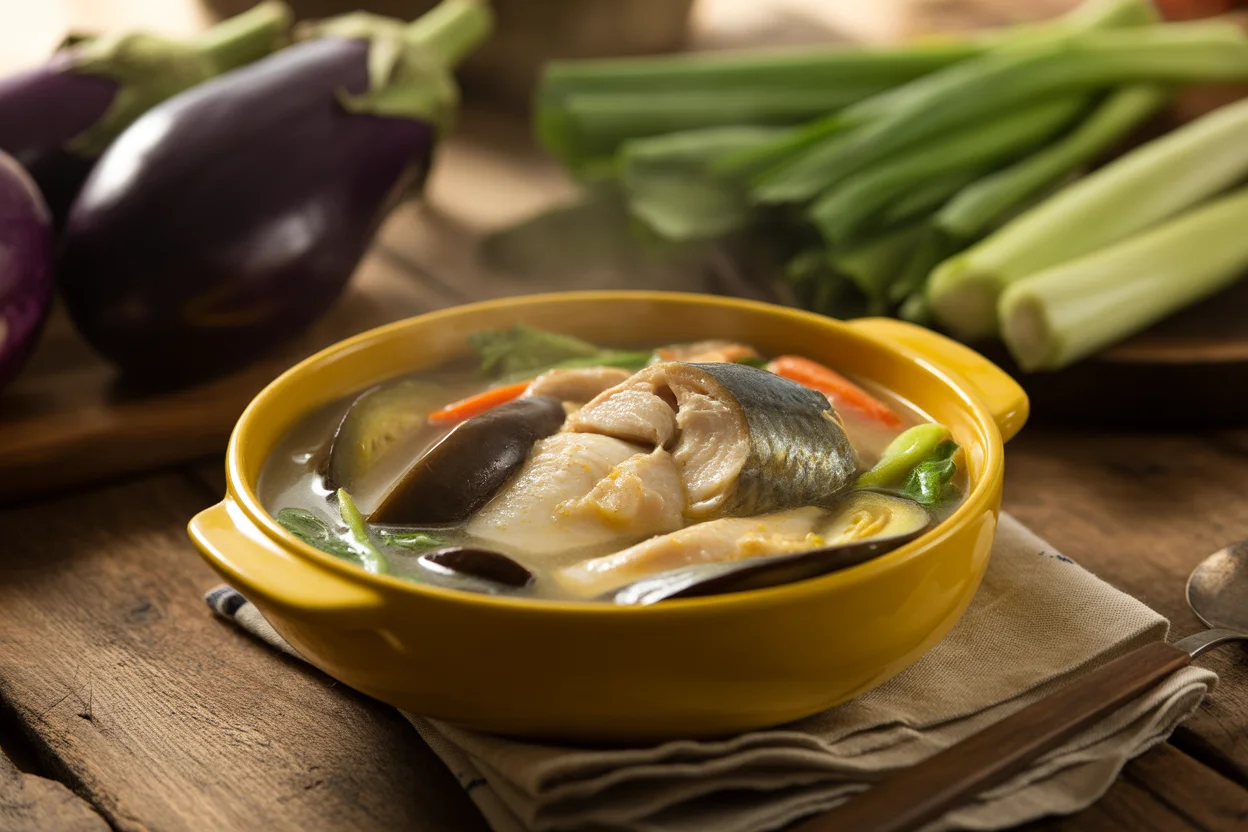
What is paksiw na bangus?
It’s funny how every Filipino seems to have a story about paksiw na bangus. The dish is honestly as classic as you get: milkfish stewed gently in vinegar, garlic, ginger, and pepper. You don’t need fancy cooking skills. Actually, sometimes the simpler you keep it, the better.
Bangus (that’s milkfish, in case you hadn’t guessed) can be a bony fish, sure, but somehow it’s just so right for this stew. The vinegar does this magic trick, mellowing out the fish and pulling all those Filipino flavors together. You get sour, a little salty, a little sweet if you toss in some onions. Some folks add ampalaya or eggplant. There are as many versions as there are households, honestly.
For me, what sticks is the aroma that fills the kitchen. That whiff of vinegar and fish tells you you’re home. It’s not a five-star restaurant meal, but it’s 100 percent full of heart. No shame in licking your plate. If you want to impress with simple comfort, well, this is the real deal.
“Every time my mom made paksiw na bangus, it felt like a hug in a bowl. That tangy taste – can’t beat it!”
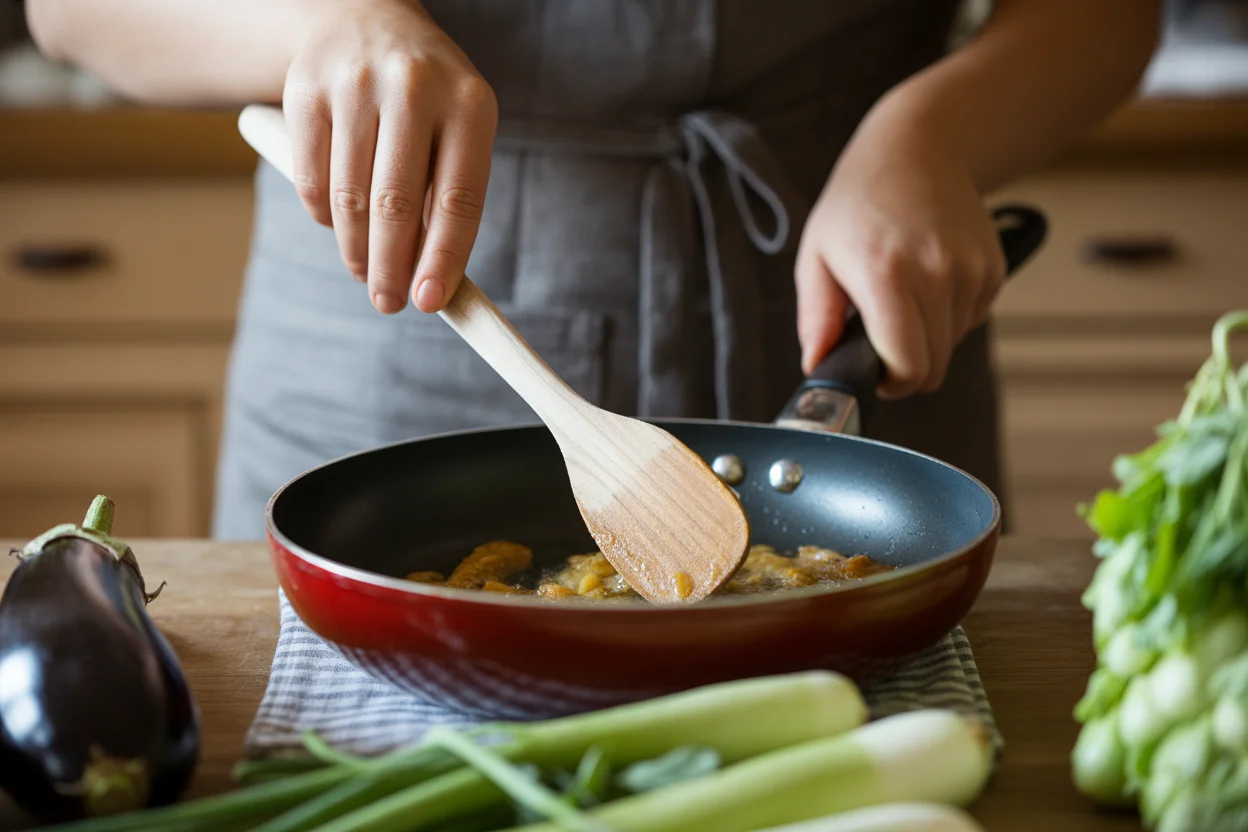
Preparing milkfish
Look, milkfish gets a bad rap because of the bones. I get it. I’ve choked more than once – ouch. But if you know how to wrangle the bangus, it’s smooth (well, almost). You want your fish cleaned well. Most markets, especially in the Philippines, will do this for you. If not, snip off the fins, scrape off those scales, and clean everything inside.
I like my bangus sliced into rounds or “steaks” by the fishmonger. Bone-in is legit, but you can go boneless if you spot it at your store (honestly, boneless feels like cheating but sometimes my patience runs thin). Rinse it gently, pat dry, don’t fuss too much. Some swear by soaking the fish in a dash of salt or kalamansi juice for a few minutes. I tried that once. Wasn’t bad!
One wild trick I heard from Lola one time – rub with garlic, like actually rub the fillets with the cut side of a garlic clove before cooking. Did it make a difference? Maybe. But at least my hands smelled nice. No kidding.

Cooking with vinegar and spices
Okay, this is the backbone of paksiw na bangus. Vinegar does all the heavy lifting. Filipino white vinegar is standard but cane or apple cider vinegar works too if you’re out of the classic stuff. Pour enough to almost cover the bangus slices in a pot. Don’t drown the fish, but don’t skimp either.
I crush a LOT of garlic, smash some ginger, sprinkle whole black peppercorns, and add a bay leaf or two if I’m feeling extra. Stack the fish pieces (skin side up – it helps keep their shape). Add enough water to help it stew, but don’t overthink it. Some folks mix everything cold and bring to a simmer together. Others layer the flavors. Try both and see what hits home for you.
Now, hit it with salt or a splash of soy sauce. If you’re old-school, a thumb of sugar is legit too. Bring it gently to a simmer, keep the lid on, and let that sharp vinegar mellow out. Don’t stir too early – it’ll break up the fish. I might peek and shake the pot like my Nanay did, just to check.
Twenty minutes or so, and it’s done. If your house doesn’t smell tangy by then, you need to check your vinegar!
Adding vegetables
Here’s where the arguments start. My cousin swears by eggplant, my friend adds ampalaya (bitter melon), and I – when the mood strikes – drop in long green peppers. Some folks go wild and add okra, too! Veggies in paksiw na bangus aren’t just for nutrition, they soak up all that tasty sauce.
Whatever you do, add them in the last ten to fifteen minutes so they don’t turn to mush. If you love a bit of crunch, add right before the dish is done. But if you’re like me and dig the super soft, vinegary veggies, toss ’em in earlier. There’s no wrong way – only your way.
Veggies make the stew go further, too. Stretching the meal was kinda key during lean days growing up. And somehow, a scoop of rice with that vinegary eggplant? Pure joy.
Serving
Let’s get this on the table. Paksiw na bangus is best with hot, fluffy rice, obviously. I love mine with a side of spicy vinegar or fresh chili. Some tricks to level up the meal
- Pair with garlic fried rice – Filipino garlic sinangag is a no-brainer.
- Serve with crunchy fried lumpia for salty, crispy contrast.
- Add chopped green onions for a pop of color.
- If you love breakfast, eat leftovers with an egg – trust me.
If you’re cooking for a big group, double the batch. This dish gets better the next day, a little like magic. Big bonus if you whip up something like grilled pork or barbecue from the same kitchen – people might not leave.
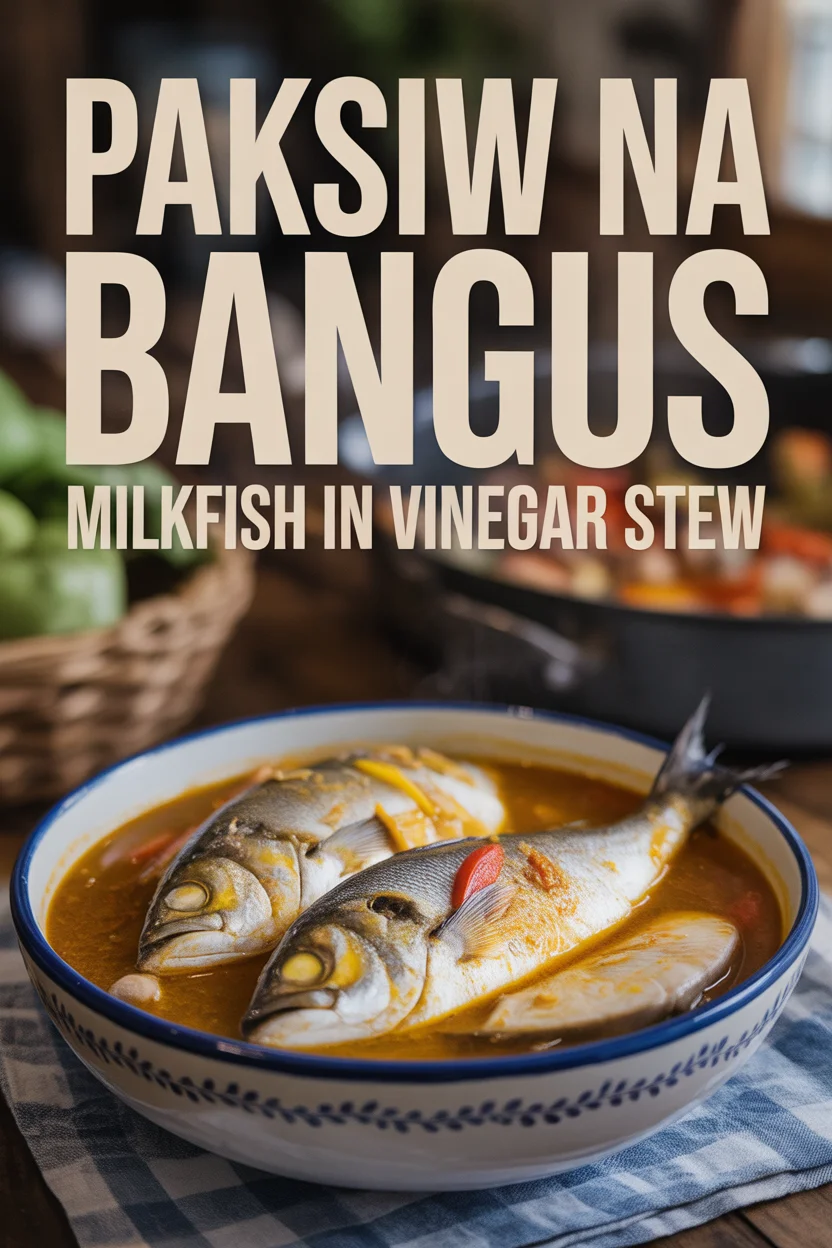
Health benefits
If you want to eat healthy without feeling like you’re at a salad bar, paksiw na bangus totally delivers. It’s loaded with omega-3, because milkfish is a fatty fish (but, you know, the good kind). That means it’s great for your heart and for days when you want something light but filling.
Vinegar isn’t just for tang. It can help cut cholesterol and keep your blood sugar happy. Compare that to frying and you know, you’re basically doing your body a favor. The ginger and garlic? Both are supposed to be immune boosters. Filipinos said so for generations. I believe them. Less oil, more goodness.
Bottom line: you’re cleaning out the pantry and feeling good about yourself. Why not brag a little?
Storage tips
If you accidentally made too much paksiw na bangus (happens every time at my house!), don’t stress. This stew actually tastes better the next day. The flavors soak in, and sometimes it’s even more tangy and delicious after sitting overnight.
Just pop the leftovers in a container, lid on tight, and keep in the fridge. They’ll last about 3-4 days. When you’re reheating, use low heat so the fish doesn’t disintegrate – these flakes can be fragile. Honestly, you can even eat it cold, like a sour fish salad. Don’t be weirded out, it’s amazing with leftover rice.
If you want to freeze, just portion out and store. Thaw gently and don’t overcook on reheat. Keeps the bangus intact.
If you’re still on the fence about trying this, honestly, check out these classic recipes for Filipino comfort food, from this solid Paksiw na Bangus Recipe – Panlasang Pinoy to the not-so-secret tips from Paksiw na Bangus – Kawaling Pinoy and even the homey tricks at Paksiw na Bangus – Riverten Kitchen. Wanted more rice ideas for next time? This garlic fried rice recipe will make you a breakfast hero. Or maybe tackle weekends with Filipino pork BBQ and see how homemade Filipino cooking can easily turn any day into a feast. Promise, paksiw na bangus won’t let you down.
Paksiw na Bangus
Ingredients
For the main dish
- 1 kg milkfish (bangus), cleaned and cut into steaks Bone-in or boneless, as preferred.
- 1 cup vinegar (Filipino white, cane, or apple cider) Enough to almost cover the fish.
- 6 cloves garlic, crushed
- 1 thumb ginger, smashed
- 1 tsp whole black peppercorns
- 2 bay leaves Optional for added flavor.
- 1 tbsp salt Adjust to taste.
- 1 tbsp soy sauce Optional for added flavor.
- 1 tbsp sugar Optional for balance.
- 1-2 cups water Enough to help stew the fish.
Optional Vegetables
- 1 cup eggplant, sliced Adds flavor and nutrition.
- 1 cup ampalaya (bitter melon), sliced Optional, adds bitterness.
- 1 cup long green peppers Adds a bit of spice.
- 1 cup okra, sliced Optional, for added texture.
Instructions
Preparation
- Clean the milkfish well by snipping off the fins, scraping off the scales, and cleaning the inside.
- Cut the bangus into rounds or steaks as preferred.
- Rinse gently and pat dry. Optionally soak in salt or kalamansi juice for a few minutes.
- Rub the fillets with the cut side of a garlic clove before cooking for added flavor.
Cooking
- In a pot, pour enough vinegar to almost cover the fish, but do not drown it.
- Add crushed garlic, smashed ginger, black peppercorns, bay leaves, and arrange the fish pieces skin side up.
- Add sufficient water to stew the fish and season with salt and soy sauce.
- Bring to a gentle simmer, cover, and cook for about 20 minutes without stirring.
Adding Vegetables
- Add the optional vegetables in the last 10 to 15 minutes of cooking.
- Adjust the timing based on whether you prefer soft or crunchy veggies.
Serving
- Serve hot with fluffy rice and a side of spicy vinegar or fresh chili.
- Consider pairing with garlic fried rice or fried lumpia.
- For leftovers, they can be enjoyed cold or reheated gently.
